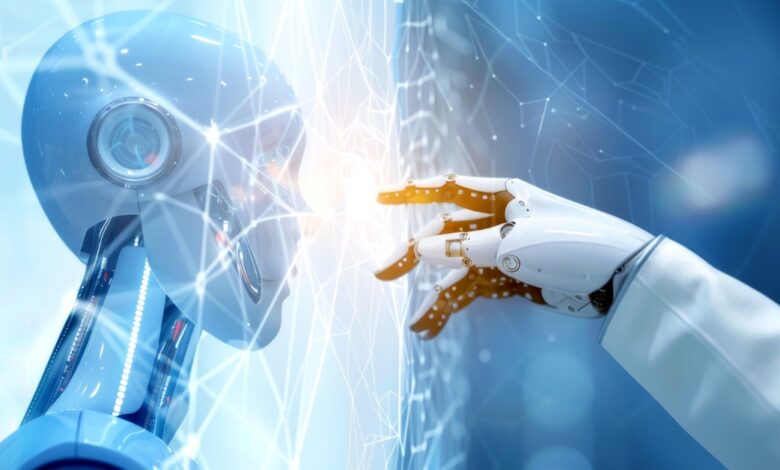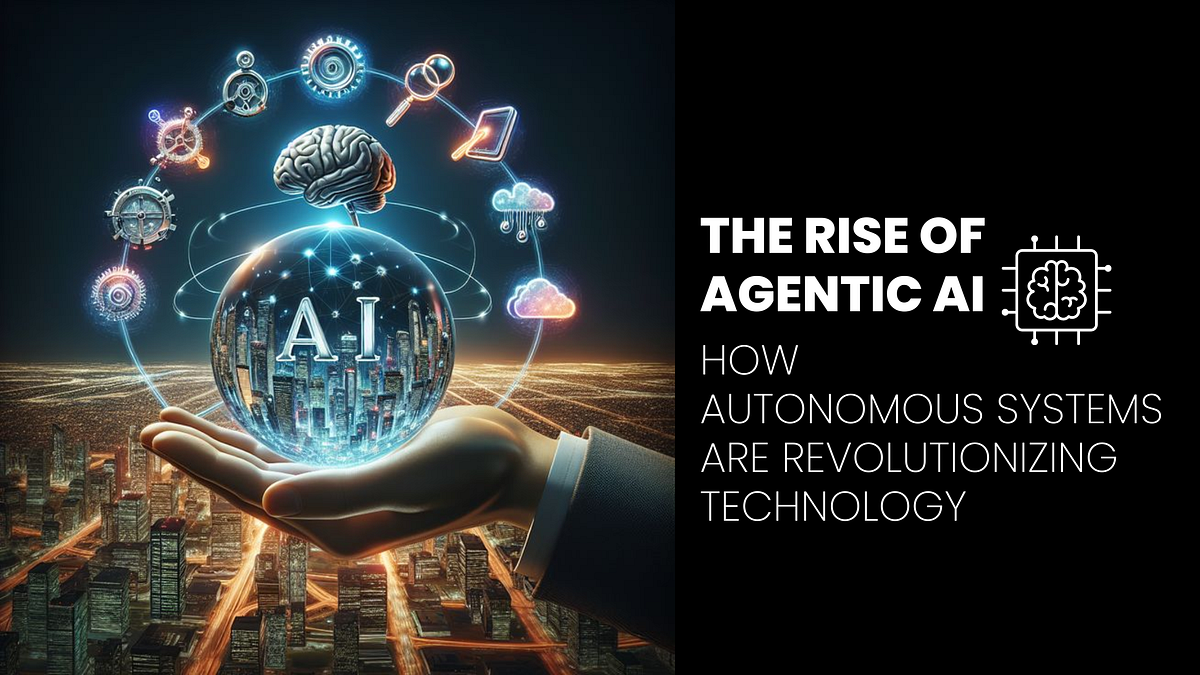
Artificial intelligence trends are reshaping businesses at an unprecedented pace, with 78% of organizations now using AI in 2024, up from 55% just a year ago. This rapid adoption isn’t surprising when we look at the numbers: U.S. private AI investment grew to a staggering $109.1 billion in 2024—nearly 12 times China’s $9.3 billion.
What’s particularly notable is how deeply AI has penetrated core business operations. According to recent research, nearly half (49%) of technology leaders report that AI is now fully integrated into their companies’ core business strategy, while a third say it’s fully embedded in their products and services. Despite these impressive adoption rates, there’s still a disconnect between perception and reality—58% of organizations claim to have achieved exponential productivity gains from AI, yet academic studies show more modest improvements.
As we explore the future of AI together, we’ll examine how Office 2024 and Word Online are transforming AI workflows, dive into the emergence of agentic AI, and analyze the governance challenges that come with wider implementation. Additionally, we’ll investigate emerging trends in artificial intelligence that will shape technology developments in 2025 and beyond.
AI in 2025: Where We Stand Today
In 2025, AI has firmly established itself as an essential business technology rather than a futuristic concept. The integration of AI-enabled workflows is expected to grow from just 3% to 25% of all enterprise processes by the end of this year, representing an eightfold surge in adoption. This remarkable shift reflects how AI is moving beyond experimentation into practical, value-generating applications across sectors.
AI adoption across industries
The acceleration of AI implementation varies significantly by sector. Among the top 25% of AI spenders are healthcare, financial services, media, telecommunications, manufacturing, and retail. Healthcare facilities rely on AI for drug development, medical imaging, and administrative automation, while financial institutions leverage it for fraud detection and risk assessment. Furthermore, the FDA approved 223 AI-enabled medical devices in 2023, compared to just six in 2015, highlighting healthcare’s aggressive adoption curve.
Key drivers of AI integration
Several critical factors fuel this widespread AI integration. First, the explosive growth of data—projected to reach 160 zettabytes annually by 2025—provides the foundation for training sophisticated AI models. Second, remarkable advancements in computing power have made AI more accessible, with the global cloud computing market expected to reach $832.10 billion by 2025. Equally important, the economics of AI have fundamentally changed, with inference costs for systems performing at GPT-3.5 level dropping an astonishing 280-fold between November 2022 and October 2024.
The role of Office 2024 and Word Online in AI workflows
Office 2024 and Word Online have become central hubs for AI-powered productivity. Nearly 70% of Fortune 500 companies now utilize Microsoft Office’s AI features through Copilot to transform their operations. The results speak for themselves—Vodafone reports its employees save three hours weekly, with 90% of users seeing clear benefits. Office 2024’s AI capabilities include Python integration in Excel for advanced analysis, PowerPoint’s narrative builder for creating slide decks, and Word’s improved document recovery and AI writing tools that help users polish content. Consequently, these tools are changing how knowledge workers interact with AI, making sophisticated capabilities accessible without specialized technical expertise.
 The Rise of Agentic AI and Digital Workers
The Rise of Agentic AI and Digital Workers
Unlike traditional AI systems that simply respond to commands, agentic AI represents a fundamental shift toward autonomous digital workers capable of setting goals, planning, and executing tasks with minimal human guidance. These intelligent systems perceive their environment, reason through challenges, take action, and learn from results. In essence, they possess “agency”—the ability to act independently while pursuing specific outcomes.
What is agentic AI?
Agentic AI combines the flexible characteristics of large language models with the precision of traditional programming. These systems function as autonomous digital colleagues that understand context, make decisions, learn over time, and coordinate across platforms to meet objectives. Moreover, they operate proactively rather than reactively, distinguishing them from conventional generative AI.
Real-world use cases in customer service and logistics
In customer service, agentic AI transforms support operations by analyzing customer interactions—including emails, meetings, and support tickets—to identify risks and opportunities before they escalate. Digital workers like FourKites’ specialists Tracy and Sam monitor shipments, investigate exceptions, and automate document processing, saving teams 2-3 hours daily. Meanwhile, in logistics, agentic AI optimizes supply chains by monitoring inventory levels, anticipating shipping delays, and automatically rerouting shipments to reduce downtime.
How agentic AI is reshaping workforce roles
HR leaders project a 327% growth in agent adoption by 2027, with implementation jumping from 15% today to 64% within two years. Notably, Nvidia CEO Jensen Huang envisions a future where 50,000 human employees work alongside 100 million digital agents. Indeed, this shift is creating entirely new job categories such as AI workflow designers, prompt engineers, and model architects.
Upskilling for agentic collaboration
As AI handles routine tasks, human workers must develop skills for effective collaboration. Critical capabilities include prompt crafting, workflow design, and output evaluation. In fact, 75% of CHROs believe AI will paradoxically increase demand for “soft skills” like emotional intelligence, adaptability, and relationship-building. Success in this new paradigm requires embracing uniquely human strengths that AI cannot replicate: critical thinking, ethical judgment, and managing complexity.
Responsible AI and Governance Challenges
Trust in AI is eroding rapidly, with only 23% of American consumers believing businesses handle AI responsibly. This growing skepticism underscores why governance frameworks have become essential safeguards rather than optional considerations.
Why AI governance matters now more than ever
As AI becomes woven into organizational fabric, companies struggle with deploying these systems responsibly while minimizing harm. Without proper oversight, AI can perpetuate discrimination, make biased decisions, and create significant privacy concerns. Organizations implementing transparent AI governance can establish accountability through clear roles, responsibilities, and decision-making procedures.
Building trust through transparency and oversight
Transparency represents a cornerstone of responsible AI—helping users understand how decisions are made and ensuring fairness. First, this transparency creates equitable treatment across all customer touchpoints. In fact, 85% of customers are more likely to trust companies using AI ethically, while 74% of employees report higher job satisfaction when their employer prioritizes ethical practices. Additionally, explainable AI (XAI) systems that provide clear reasoning for decisions help both customers and employees feel more in control of their interactions.
Sovereign AI and regional data compliance
Sovereign AI extends national sovereignty into model training, deployment, and usage—creating confined environments that meet stricter data privacy regulations. Through this approach, nations develop domestic AI capabilities and ensure access to critical data, technologies, and infrastructure nationally. This has become increasingly important as states recognize the dual-use nature of generative AI and its profound implications for economic growth and national security.
The role of internal audits and third-party assessments
Internal audit teams are uniquely positioned to evaluate AI governance structures and control effectiveness. Just as cybersecurity emerged as a top audit concern a decade ago, AI risk now dominates leadership discussions. Third-party assessments also play a crucial role—validating responsible AI approaches and serving as unbiased gauges of an organization’s ability to govern AI risks.
Future Trends in Artificial Intelligence to Watch
The landscape of artificial intelligence is rapidly evolving beyond today’s capabilities, with several transformative trends poised to redefine how we interact with technology.
Multimodal AI and product design innovation
Multimodal AI represents a significant advancement that processes multiple data types simultaneously—including text, images, audio, and video—creating more intuitive human-computer interactions. This technology mirrors how humans naturally communicate by understanding data across visuals, voice, and facial expressions. For product development, multimodal AI enables designers to generate UI mockups in minutes from hand-drawn wireframes, while tools like GPT-4o and Gemini accelerate prototyping without specialized coding skills.
AI’s role in sustainability and energy efficiency
AI serves dual purposes in climate action—both contributing to rising energy demands and functioning as a mitigation tool. On one hand, computational resources for large AI models significantly increase energy consumption. Alternatively, AI enhances climate initiatives by optimizing energy usage across sectors, improving climate modeling, and enabling innovative solutions for renewable energy. Data centers currently account for about 1% of global electricity consumption, a figure expected to rise as AI adoption accelerates.
Emerging trends in artificial intelligence infrastructure
Purpose-built AI infrastructure is emerging to meet unique computational demands. Approximately 70% of organizations report being inadequately prepared for future AI workload demands. This infrastructure extends beyond GPUs to include specialized hardware, software frameworks, and data management tools. Interestingly, cloud-based accelerators are increasingly preferred over on-premises solutions, with 26% of organizations prioritizing cloud environments versus 10% favoring on-premises options.
Predictions for AI in 2026 and beyond
By 2030, the AI market is projected to reach $1345.20 billion, up from $150.20 billion in 2023. AI could potentially affect 40% of jobs globally while creating new roles in AI development and cybersecurity. Looking further ahead, “compressed 21st century” theory suggests AI might accelerate biological research tenfold, condensing 50-100 years of innovation into 5-10 years. Quantum AI could potentially shatter classical AI limitations by solving previously unsolvable problems through computational breakthroughs.
Conclusion
AI stands at a pivotal moment as we look toward the future. Throughout this exploration, we’ve seen how artificial intelligence has evolved from experimental technology to essential business infrastructure, with adoption rates skyrocketing across industries. The massive increase in AI integration—projected to grow eightfold in enterprise processes this year alone—signals a fundamental shift in how organizations operate.
The transformation extends beyond mere implementation numbers. Office 2024 and Word Online exemplify how AI now empowers everyday users without requiring specialized technical knowledge. Meanwhile, agentic AI represents the next evolutionary step, creating digital workers who function as autonomous colleagues rather than simple tools.
This rapid advancement comes with significant responsibilities. Trust issues continue to challenge widespread adoption, making governance frameworks absolutely essential rather than optional considerations. Organizations that prioritize transparency and ethical AI usage will likely gain competitive advantages through enhanced customer and employee trust.
Looking ahead, multimodal AI promises to revolutionize product design and user experiences by processing multiple data types simultaneously. AI will also play a contradictory role in sustainability—both contributing to energy demands while offering powerful solutions for climate challenges.
The future certainly belongs to organizations that can balance innovation with responsibility. Those who master this balance will thrive in an AI-transformed landscape where human-AI collaboration becomes the standard operating model. After examining these trends, we can confidently say that AI’s trajectory points toward deeper integration with human work rather than replacement—creating a future where uniquely human capabilities become more valuable than ever before.

 The Rise of Agentic AI and Digital Workers
The Rise of Agentic AI and Digital Workers

